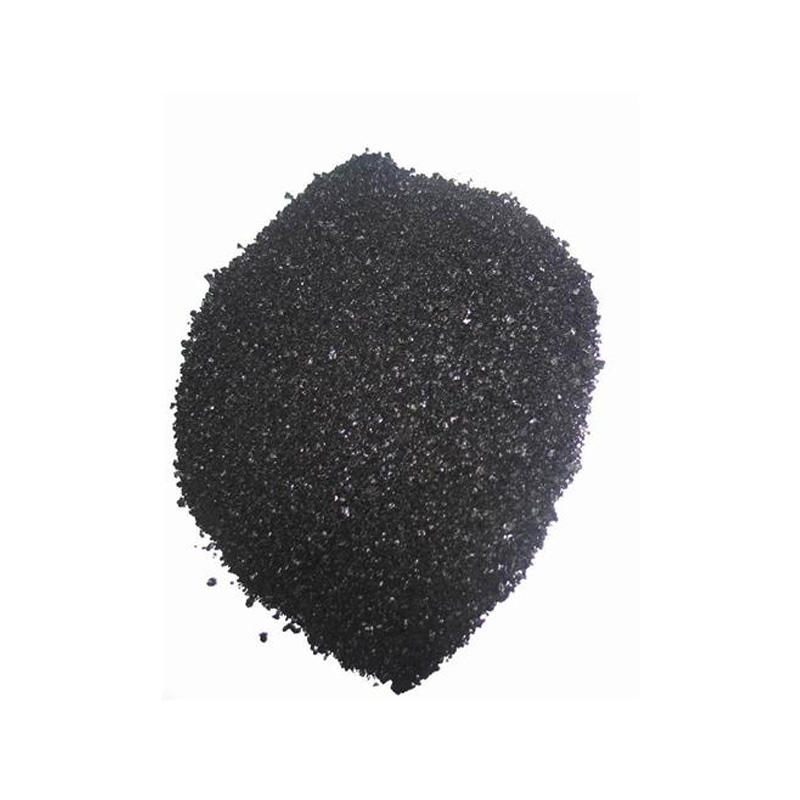indigo natural dye
Indigo The Natural Dye with a Rich Legacy
Indigo, a vibrant blue dye extracted from the leaves of the indigo plant, holds a significant place in the history of textiles and culture. Renowned for its deep, rich hue, indigo has been used for centuries across various civilizations, from ancient Egypt to modern-day India. Its unique qualities and historical relevance make it a fascinating subject in the world of natural dyes.
The process of creating indigo dye is both intricate and captivating. The most commonly used plant for indigo dyeing is the Indigofera tinctoria, but several other varieties exist globally, including woad in Europe and Japanese polygonum. The journey from plant to dye begins with harvesting the leaves, which are then fermented in water to facilitate the reduction of indigo, converting it into a soluble form called leucoindigo. This process is crucial because the natural pigment, when in a soluble form, can easily penetrate the fibers of fabrics. Once the fabric is immersed in this solution, it takes on a yellowish hue, which turns a vibrant blue upon exposure to air, a chemical reaction that has fascinated dyers for centuries.
Indigo dye is not just valued for its striking color; it is also celebrated for its longevity and resistance to fading. Unlike synthetic dyes, indigo creates a unique patina on fabric over time, adding depth and character to garments. This quality has made indigo a preferred choice for creating denim, particularly in the fashion industry. The classic blue jeans that have become a staple in wardrobes worldwide owe their iconic color to this natural dye.
indigo natural dye

Culturally, indigo dyeing has rich traditions attached to it. In India, for example, the practice is intertwined with the cultural fabric of communities, especially in regions like Gujarat and Rajasthan, where artisans have perfected the art of shibori and bandhani techniques. These methods not only highlight the beauty of indigo but also showcase intricate craftsmanship passed down through generations. Similarly, in Africa, the Yoruba people of Nigeria are known for their indigo resist-dyeing techniques, where elaborate designs are created through the careful manipulation of the dye.
Though the potential of indigo is immense, it faces challenges in the modern world. The rise of synthetic dyes, while offering consistency and cost-effectiveness, poses a threat to traditional indigo dyeing practices. While synthetic alternatives can replicate the color, they often lack the environmental sustainability that natural indigo provides. The cultivation of indigo is significantly less harmful to ecosystems compared to the production practices associated with synthetic dyes, which can introduce toxic chemicals into waterways.
In recent years, there has been a resurgence of interest in natural dyes, including indigo, fueled by a growing awareness of sustainability and environmental impact. Artisans and designers are beginning to migrate back to traditional dyeing methods, often integrating indigo into their creations. Workshops, eco-fashion events, and educational programs have sprouted up, aiming to revive these ancient techniques and promote awareness about the importance of natural dyes.
In conclusion, indigo is more than just a dye; it is a symbol of craftsmanship, culture, and history. The journey from plant to fabric reflects the artistry involved in dyeing while also emphasizing the environmental benefits of natural dyes. As the world continues to embrace sustainability, indigo stands out not only for its timeless beauty but also for its potential to connect us to our past while creating a more sustainable future. Whether cherished in traditional textiles or celebrated in contemporary fashion, indigo will always weave together the threads of history, culture, and artistry.
-
Innovating Bromo Indigo Excellence
NewsAug.23,2025
-
Pioneering Indigo Plant Dye Excellence
NewsAug.23,2025
-
Leading Sulphur Black Dyes Enterprise
NewsAug.23,2025
-
Sulphur Black Dyes Light Resistance
NewsAug.23,2025
-
Indigo Blue Granular Industrial Uses
NewsAug.23,2025
-
Bromo Indigo Synthetic Production Process
NewsAug.23,2025
-
The Timeless Art of Denim Indigo Dye
NewsJul.01,2025

Sulphur Black
1.Name: sulphur black; Sulfur Black; Sulphur Black 1;
2.Structure formula:
3.Molecule formula: C6H4N2O5
4.CAS No.: 1326-82-5
5.HS code: 32041911
6.Product specification:Appearance:black phosphorus flakes; black liquid

Bromo Indigo; Vat Bromo-Indigo; C.I.Vat Blue 5
1.Name: Bromo indigo; Vat bromo-indigo; C.I.Vat blue 5;
2.Structure formula:
3.Molecule formula: C16H6Br4N2O2
4.CAS No.: 2475-31-2
5.HS code: 3204151000 6.Major usage and instruction: Be mainly used to dye cotton fabrics.

Indigo Blue Vat Blue
1.Name: indigo blue,vat blue 1,
2.Structure formula:
3.Molecule formula: C16H10N2O2
4.. CAS No.: 482-89-3
5.Molecule weight: 262.62
6.HS code: 3204151000
7.Major usage and instruction: Be mainly used to dye cotton fabrics.

